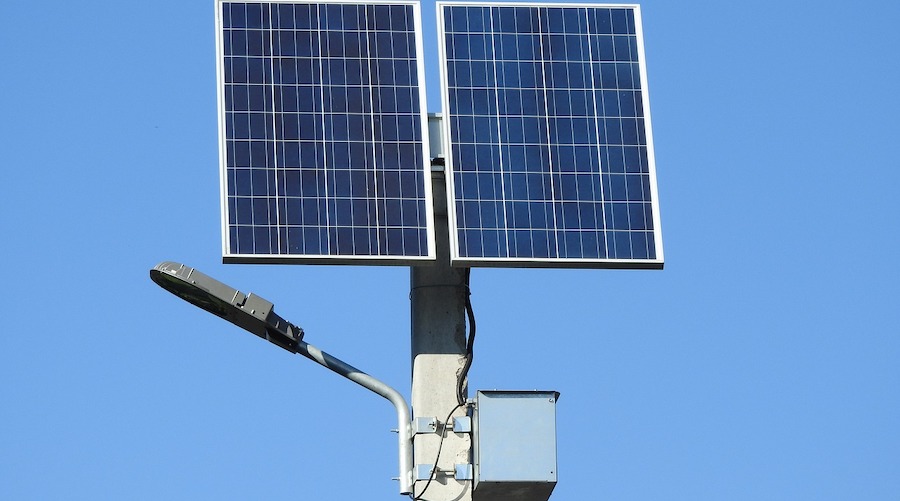
“As prices fall and barriers to storage deployment are eroded, front-of-the-meter (FTM) storage is taking off in the US,” the report reads. “Four out of every five megawatts deployed in Q4 were FTM storage. The segment contributed 529 MW out of the total 651 MW of storage deployed in Q4. California saw the lion’s share of Q4 FTM deployments.”
The numbers imply that there was a 182% increase in energy storage deployment from Q3-2020
For the experts at WoodMac and the ESA, the ability of solar-plus-storage to provide backup is increasingly driving sales even in markets without additional incentives, particularly states that suffer from regular power outages.
The Monitor points out that after gradual growth in deployments over the first three quarters of 2020, residential storage projects made up 14% of the MW total for Q4 at 90.1 MW deployed. Homeowner interest in California was one of the main factors driving this increase.
The report also notes that Massachusetts led the non-residential segment in Q4, which seems to be growing more slowly than the other two US storage segments and deployed 76.5 MWh during the quarter.
Overall in 2020, 1,464 MW / 3,487 MWh of new storage came online in the US. This means that 179% more storage was added in 2020 than in 2019 in MW terms.
“The data truly speaks for itself,” Dan Finn-Foley, Wood Mackenzie head of energy storage, said in a media statement. “The US installed 3,115 MWh of storage from 2013 through 2019, a total that 2020 beat in a single year. This is the hallmark of a market beginning to accelerate exponentially, and momentum will only increase over the coming years. The new largest battery in the world, the 300 MW / 1,200 MWh system newly installed at Moss Landing, likely won’t hold the title for long.”
Finn-Foley predicts that the US storage market will add five times more MW of storage in 2025 than was added in 2020, with FTM storage continuing to contribute between 75-85% of new MW each year.




